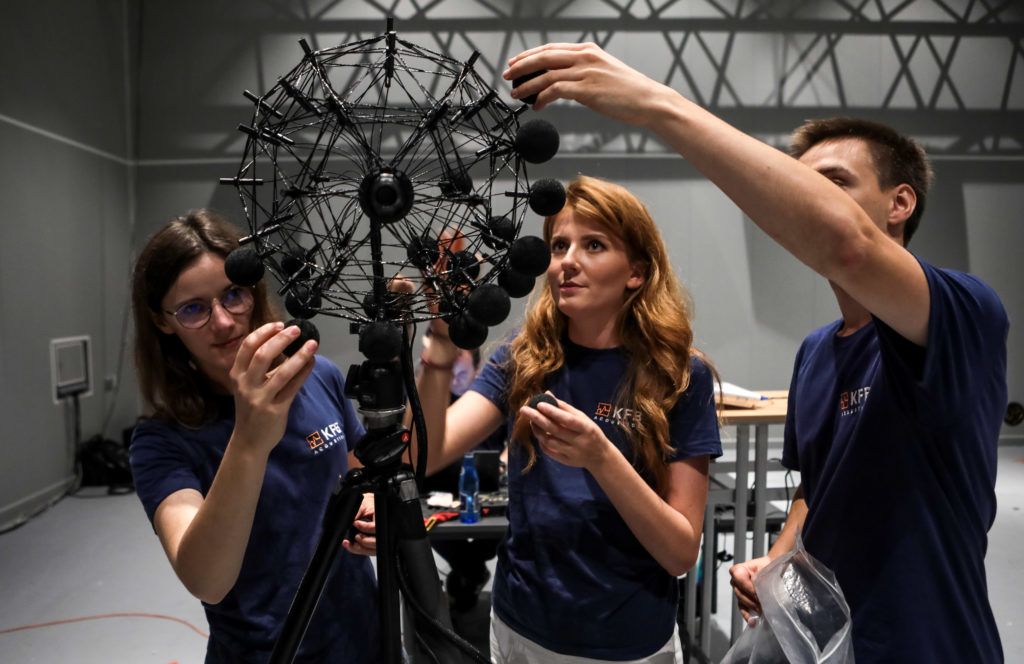Background
Context and Challenges
The urban landscape is grappling with a significant challenge—escalating external noise levels that are detrimentally affecting residents’ overall well-being. As cities evolve, a notable trend in modern architecture emphasizes expansive windows, accentuating the imperative for heightened acoustic insulation. However, this pursuit is met with a burgeoning complexity in window design, as architects strive to achieve optimal acoustic insulation while balancing various other design considerations.
Navigating the intricacies of window design poses a multifaceted challenge. The juxtaposition of architectural trends, such as larger windows, with the imperative for high acoustic insulation introduces a delicate balance that architects must strike. This challenge is further compounded by the need to consider various factors beyond mere sound insulation.
Literature Analysis of the Problem
The impact of glazing on window insulation has been extensively studied, shedding light on its nuanced effects. Researchers have delved into the recognized significance of the window frame, uncovering its pivotal role in influencing sound insulation outcomes. Additionally, the assessment of window vents on sound insulation, employing a combination of measurement and simulation methods, has provided valuable insights into the impact of ventilation systems on acoustic performance.
In the quest for innovative solutions, there is a notable exploration of improving window insulation through the integration of enhanced airtight frames, sound-absorbing materials, and cutting-edge metamaterials. These innovative approaches signal a promising avenue for addressing the intricate challenges posed by the intersection of architectural trends and acoustic considerations in window design.
Context and Challenges
- Urban Noise Impact: The rise in external noise in cities poses a growing challenge to residents’ well-being.
- Architectural Trends: Modern architecture trends involve larger windows, emphasizing the need for high acoustic insulation.
- Window Design Challenges: Designing windows with high acoustic insulation while considering other factors becomes increasingly complex.
Literature analysis of the problem
- Effect of Glazing: Well-studied impact of glazing on window insulation.
- Window Frame’s Role: Recognized significance of the window frame in influencing sound insulation.
- Ventilation Impact: Assessment of window vents on sound insulation, employing both measurement and simulation methods.
- Innovative Approaches: Exploration of improving window insulation through enhanced airtight frames, absorbing materials, and metamaterials.
Research Objectives
The article aims to address the challenge of achieving higher sound insulation in windows by:
- Investigating the contribution of glazing and window frame insulation to the overall sound reduction index.
- Introducing a hybrid (vibroacoustic) method to predict the acoustic performance of windows.
- Utilizing laser vibrometer tests and finite element method (FEM) simulations to evaluate insulation performance.
Methodology
Sound Insulation Measurements
- Conventional Method: Employing the pressure method (EN ISO 10140-2) for sound insulation measurements.
- Hybrid Method: Combining vibration measurements and acoustic modeling using FEM to predict sound insulation.
Hybrid Method Steps
- Incident Acoustic Power Calculation: Utilizing spatially averaged mean-square sound pressure.
- Radiated Acoustic Power Calculation: Using mean-square vibration velocity and radiation efficiency determined by FEM.
- Sound Reduction Index (Rw) Computation: Comparing incident and radiated power to calculate Rw.
FEM Simulation
- Building a virtual prototype of the window using Comsol Multiphysics software.
- Including gas-structure interaction to obtain radiation efficiency.
Laser Vibrometer Tests
- Conducting measurements on a specimen in a reverberation chambers.
- Exciting the sample using a loudspeaker emitting wide-band noise.
Results
Comparison of Insulation Methods
- Presenting a comparison between conventional and hybrid methods in determining sound transmission loss.
- Highlighting variations in results for different assumptions of the radiation efficency (σ).
Insulation Contribution of Glazing and Frame
- Determining the contribution of glazing and window frame to the overall sound reduction index for different σ values.
Summary and Future Directions
- Hybrid Method Potential: Demonstrating the potential of the hybrid method in quickly assessing the contribution of frame and glazing to total window sound insulation.
- Enhancing Accuracy: Acknowledging the need to improve radiation efficiency values (σ) for more realistic results.
- Future Research: Planning further research to increase accuracy, incorporating laser vibrometer measurements for a more precise FEM model, and expanding the method’s validation on a larger sample size.
This case study provides a comprehensive overview of the research article, focusing on its objectives, methodologies, and key findings in the realm of enhancing window acoustic insulation through innovative hybrid methods.

